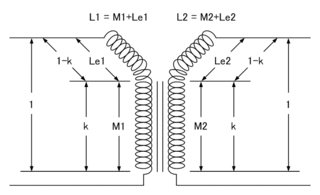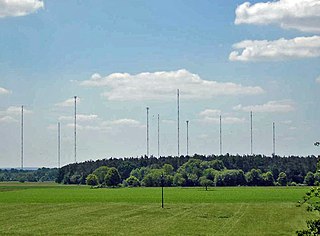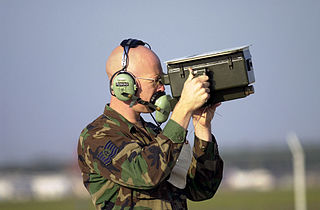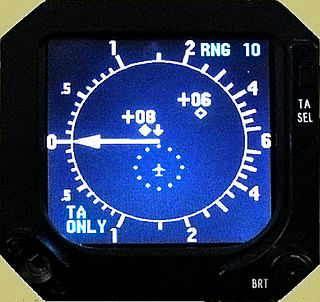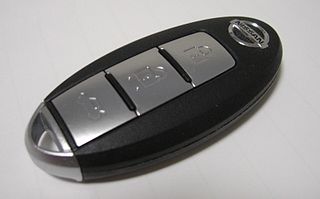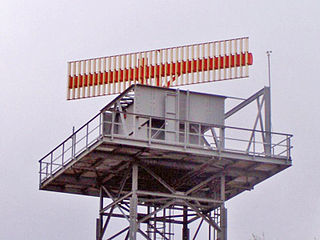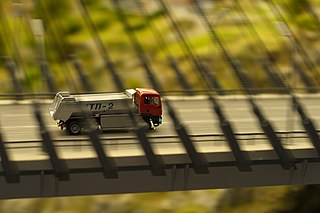The topic of this article may not meet Wikipedia's general notability guideline .(December 2010) (Learn how and when to remove this template message) |



ChampionChip is a brand name of one type of passive RFID transponders, marked with a unique identification number and used in active sports events to keep track of the competition times of participants. It is one manufacturer's implementation of transponder timing.

In telecommunication, a transponder is a device that, upon receiving a signal, emits a different signal in response. The term is a portmanteau for transmitter-responder. It is variously abbreviated as XPDR, XPNDR, TPDR or TP.

Transponder timing is a technique for measuring performance in sport events. A transponder working on a radio-frequency identification (RFID) basis is attached to the athlete and emits a unique code that is detected by radio receivers located at the strategic points in an event.
Contents
ChampionChip transponders are waterproof glass capsules that contain a silicon chip and an energizing coil. This coil is inactive until moved into a magnetic field, generated by a send antenna in a mat (used to mark the start and finish lines of a race). The transponder then transmits its unique identification number to a receive antenna in a mat.
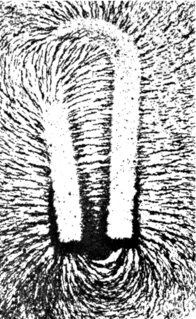
A magnetic field is a vector field that describes the magnetic influence of electrical currents and magnetized materials. In everyday life, the effects of magnetic fields are often seen in permanent magnets, which pull on magnetic materials and attract or repel other magnets. Magnetic fields surround and are created by magnetized material and by moving electric charges such as those used in electromagnets. Magnetic fields exert forces on nearby moving electrical charges and torques on nearby magnets. In addition, a magnetic field that varies with location exerts a force on magnetic materials. Both the strength and direction of a magnetic field varies with location. As such, it is an example of a vector field.

In radio engineering, an antenna is the interface between radio waves propagating through space and electric currents moving in metal conductors, used with a transmitter or receiver. In transmission, a radio transmitter supplies an electric current to the antenna's terminals, and the antenna radiates the energy from the current as electromagnetic waves. In reception, an antenna intercepts some of the power of a radio wave in order to produce an electric current at its terminals, that is applied to a receiver to be amplified. Antennas are essential components of all radio equipment.
Transponder timing is used in sporting events around the world, including running races, marathons, triathlons, cycling and mountain biking competitions, in-line skating and cross-country skiing. Chips are either rented for use at a given event or purchased by participants for successive use at events timed with ChampionChip mats (the chips are incompatible with other timing systems). In either case, the serial number of a participant's chip is stored in a database for an event allowing the recorded times to be matched with participants' names. Although a chip might transmit its number several times while the athlete is crossing the mat, special software is used to eliminate all but the first time recorded for each chip at each timing point.

Sport includes all forms of competitive physical activity or games which, through casual or organised participation, aim to use, maintain or improve physical ability and skills while providing enjoyment to participants, and in some cases, entertainment for spectators. Hundreds of sports exist, from those between single contestants, through to those with hundreds of simultaneous participants, either in teams or competing as individuals. In certain sports such as racing, many contestants may compete, simultaneously or consecutively, with one winner; in others, the contest is between two sides, each attempting to exceed the other. Some sports allow a "tie" or "draw", in which there is no single winner; others provide tie-breaking methods to ensure one winner and one loser. A number of contests may be arranged in a tournament producing a champion. Many sports leagues make an annual champion by arranging games in a regular sports season, followed in some cases by playoffs.

Running is a method of terrestrial locomotion allowing humans and other animals to move rapidly on foot. Running is a type of gait characterized by an aerial phase in which all feet are above the ground. This is in contrast to walking, where one foot is always in contact with the ground, the legs are kept mostly straight and the center of gravity vaults over the stance leg or legs in an inverted pendulum fashion. A characteristic feature of a running body from the viewpoint of spring-mass mechanics is that changes in kinetic and potential energy within a stride occur simultaneously, with energy storage accomplished by springy tendons and passive muscle elasticity. The term running can refer to any of a variety of speeds ranging from jogging to sprinting.

The marathon is a long-distance race, completed by running, walking, or a run/walk strategy. There are also wheelchair divisions. The marathon has an official distance of 42.195 kilometres, usually run as a road race. The event was instituted in commemoration of the fabled run of the Greek soldier Pheidippides, a messenger from the Battle of Marathon to Athens, who reported the victory.
In general, transponder timing is only economical for larger events of more than 1,000 participants. For smaller events, it is less expensive to time participants using manually operated hand-held computers.
When transponder timing first appeared, the running community hoped[ citation needed ] that there would be a single nationwide United States standard for transponders which could be used at all races. However, the distributor of ChampionChip in the United States has sought to limit the number of timing systems sold[ citation needed ], resulting in different event timing companies purchasing incompatible transponder systems from other manufacturers. Since 2008, systems using disposable transponders have replaced ChampionChips at a number of events. [1] [2]
ChampionChip was a Nijmegen, Netherlands based company, started in 1993 by a group of students to improve the time tracking in the Zevenheuvelenloop. In 2008, ChampionChip was merged with AMB i.t. to form a new company called MYLAPS Sports Timing.

The Netherlands is a country located mainly in Northwestern Europe. The European portion of the Netherlands consists of twelve separate provinces that border Germany to the east, Belgium to the south, and the North Sea to the northwest, with maritime borders in the North Sea with Belgium, Germany and the United Kingdom. Together with three island territories in the Caribbean Sea—Bonaire, Sint Eustatius and Saba— it forms a constituent country of the Kingdom of the Netherlands. The official language is Dutch, but a secondary official language in the province of Friesland is West Frisian.

Zevenheuvelenloop is an annual 15 kilometres road running race held in Nijmegen, Netherlands. It was first organised in 1984 and has grown to be one of the largest road races in the Netherlands; it attracted over 30,000 runners in 2008. The race has attained IAAF Label Road Race status.
